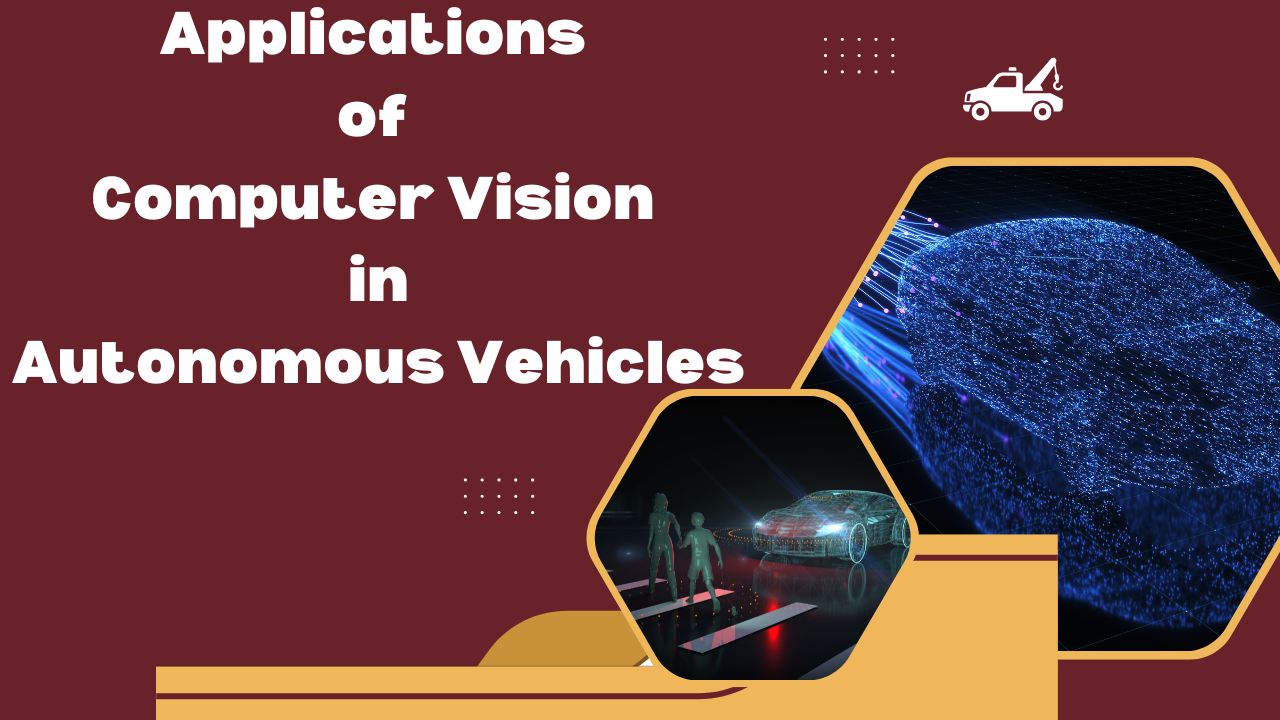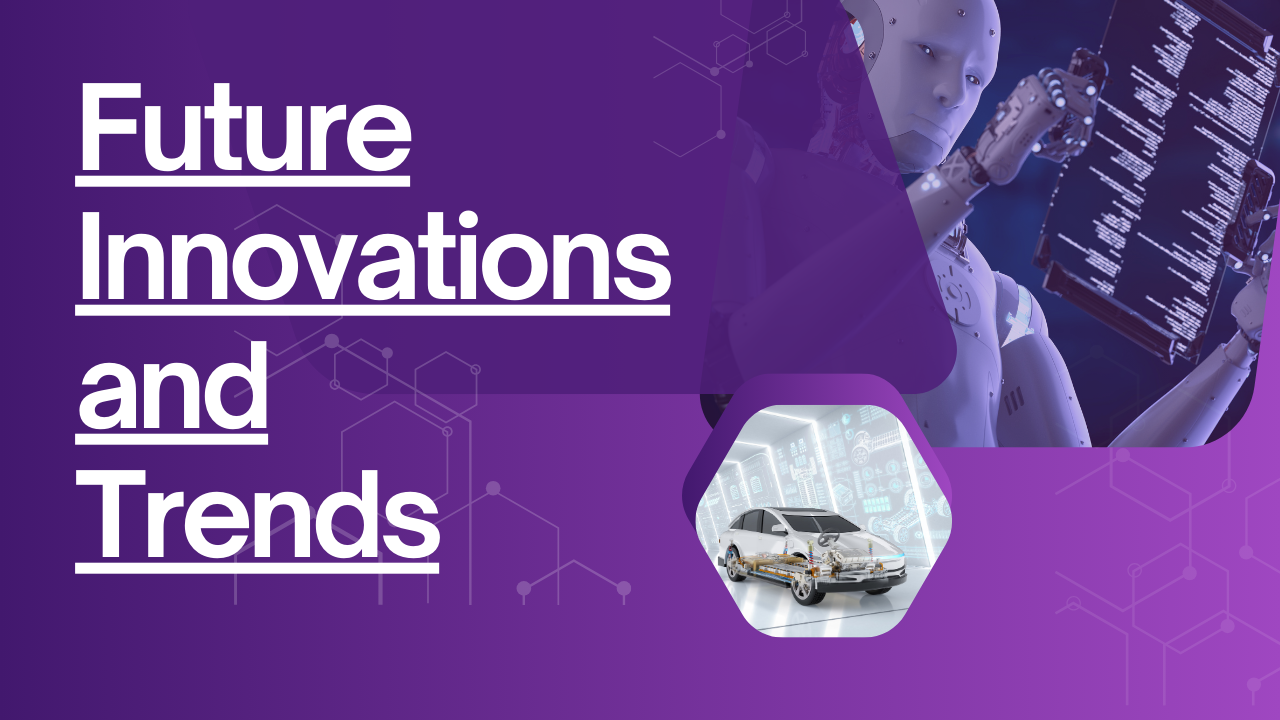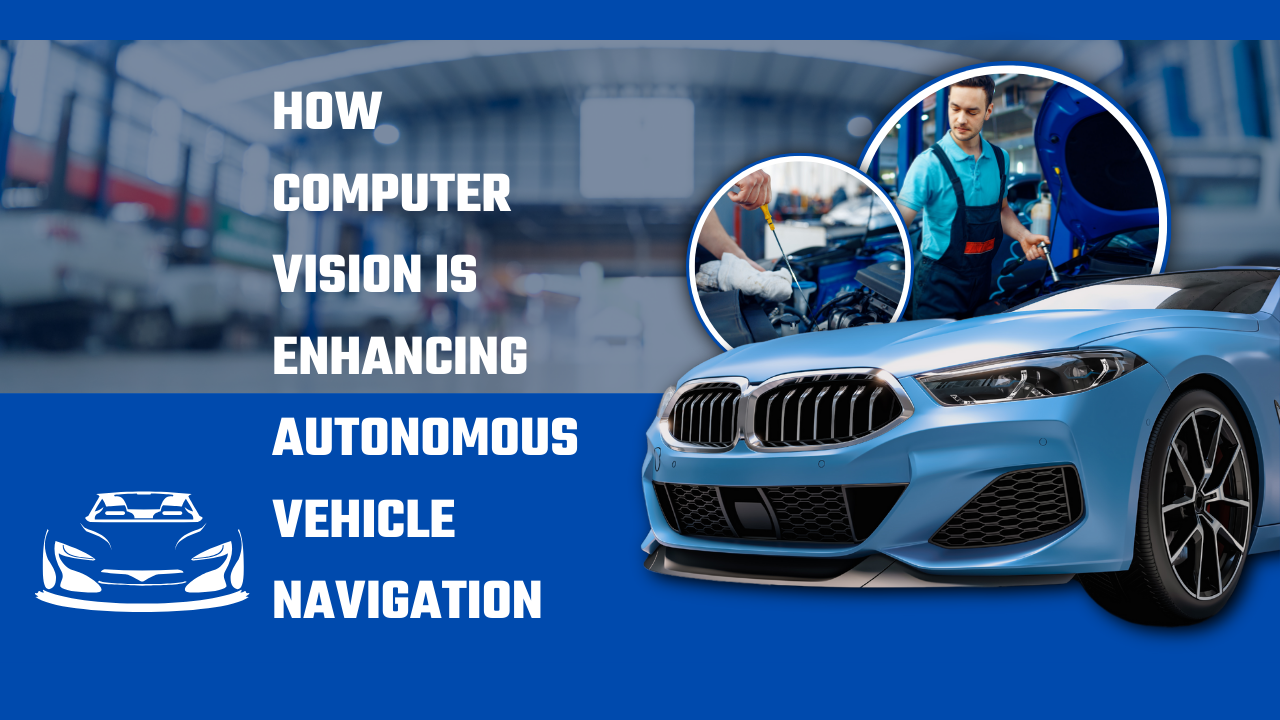In recent years, the development of autonomous vehicles has captured the imagination of tech enthusiasts, businesses, and the general public alike. The promise of self-driving cars is not merely a futuristic dream; it’s a burgeoning reality driven by advancements in various technologies, with computer vision at the forefront. This article will delve deep into how computer vision enhances autonomous vehicle navigation, its underlying technologies, applications, challenges, and the prospects of this revolutionary technology.
Understanding Computer Vision
What is Computer Vision?
It is a field of artificial intelligence (AI) that enables machines to interpret and make decisions based on visual data. By mimicking human sight, It allows computers to process and analyze images, videos, and other visual inputs. This technology employs algorithms and machine learning models to identify objects, detect anomalies, and interpret the environment.
How Computer Vision Works
It relies on various techniques, including:
- Image Processing: Enhancing images to improve the quality of data extraction.
- Feature Detection and Extraction: Identifying key points or features in an image to understand its content.
- Object Recognition: Classifying and identifying objects within an image or video stream.
- Depth Perception: Understanding the distance between objects to create a three-dimensional understanding of the environment.
- Segmentation: Dividing an image into segments to isolate and analyze specific areas or objects.
The Role of Computer Vision in Autonomous Vehicle Navigation
Sensor Fusion
Autonomous vehicles are equipped with multiple sensors, including cameras, LiDAR (Light Detection and Ranging), radar, and ultrasonic sensors. Each of these sensors provides different types of data, and computer vision plays a crucial role in fusing this information to create a comprehensive understanding of the vehicle’s surroundings.
For instance, while LiDAR provides precise distance measurements, cameras capture rich color and texture information. By integrating data from these various sources, computer vision algorithms can produce accurate, real-time maps of the environment, facilitating safer navigation.
Environment Perception
One of the primary functions of computer vision in autonomous vehicles is environment perception. This includes identifying and classifying road signs, traffic signals, pedestrians, cyclists, and other vehicles.
For example:
- Traffic Sign Recognition: By using convolutional neural networks (CNNs), the vehicle can accurately identify and interpret traffic signs, ensuring compliance with traffic regulations.
- Pedestrian Detection: Using computer vision, the vehicle can detect pedestrians in real-time, allowing it to make quick decisions to ensure safety.
- Lane Detection: Advanced computer vision algorithms can analyze road markings and ensure the vehicle stays within the correct lane.
Path Planning and Decision Making
Once the vehicle has a clear understanding of its surroundings, computer vision helps in path planning and decision-making processes. It enables the vehicle to determine the best route based on real-time data and environmental factors. This is particularly crucial in dynamic environments where road conditions, traffic, and obstacles can change rapidly.
- Dynamic Obstacle Avoidance: Autonomous vehicles can identify obstacles in their path and recalibrate their routes to avoid collisions. This involves predicting the behavior of other road users and making decisions accordingly.
- Speed Regulation: By recognizing speed limits and monitoring the distance from other vehicles, autonomous systems can adjust their speed to ensure safe navigation.
Applications of Computer Vision in Autonomous Vehicles
Advanced Driver Assistance Systems (ADAS)
Before fully autonomous vehicles can be widely adopted, many manufacturers are incorporating computer vision technologies into Advanced Driver Assistance Systems (ADAS). These systems enhance traditional driving by providing features such as lane departure warnings, automatic emergency braking, and adaptive cruise control.
Fully Autonomous Vehicles
Companies like Waymo, Tesla, and Uber are utilizing computer vision as a foundational technology for their fully autonomous vehicles. These vehicles rely on complex algorithms that process visual data in real-time, allowing them to navigate urban environments, interpret complex traffic scenarios, and operate without human intervention.
Delivery Drones and Robotics
While primarily focused on ground vehicles, computer vision also extends to autonomous delivery drones and robots. These systems rely on similar technologies to navigate and avoid obstacles while delivering packages. They use this technology to ensure safe landings, avoid obstacles, and recognize designated drop-off locations.
Challenges in Implementing Computer Vision for Autonomous Navigation
Data Quality and Quantity
Computer vision systems require vast amounts of high-quality training data to function effectively. In many cases, collecting and annotating this data can be time-consuming and expensive. Additionally, the variability in lighting conditions, weather, and other environmental factors can affect the quality of visual data.
Real-Time Processing
Autonomous vehicles must process visual data in real-time to make timely decisions. This requires powerful hardware and optimized algorithms capable of handling massive amounts of data without latency. Any delay in processing could lead to accidents or dangerous situations.
Safety and Reliability
Safety is paramount in autonomous vehicle navigation. Computer vision systems must be thoroughly tested and validated to ensure they operate reliably under all conditions. Any failures could have catastrophic consequences, necessitating rigorous testing and validation protocols.
Ethical and Regulatory Concerns
As autonomous vehicles become more prevalent, ethical and regulatory issues surrounding their use will need to be addressed. Questions about liability in accidents involving autonomous vehicles, data privacy, and the ethical implications of surveillance will require careful consideration.
The Future of Computer Vision in Autonomous Navigation
Enhanced Machine Learning Models
The future of computer vision in autonomous vehicles will likely involve more sophisticated machine-learning models that improve accuracy and efficiency. Ongoing research in deep learning, particularly in the realm of reinforcement learning, holds promise for enhancing how autonomous systems perceive and navigate their environments.
Integration with 5G Technology
The advent of 5G technology will significantly enhance the capabilities of computer vision in autonomous vehicles. With faster data transmission speeds and lower latency, vehicles can receive and process real-time information from cloud services, improving decision-making and navigation accuracy.
Improved Human-Machine Interaction
As autonomous vehicles become more integrated into daily life, improving human-machine interaction will be crucial. Computer vision can facilitate better communication between vehicles and their human occupants, providing intuitive interfaces for monitoring vehicle performance, navigation updates, and safety alerts.
Collaborative Autonomous Systems
In the future, we may see collaborative networks of autonomous vehicles that share data and insights in real-time. This could enhance situational awareness, allowing vehicles to anticipate and react to potential hazards more effectively.
Regulatory Advances
As the technology matures, regulatory frameworks will evolve to accommodate the increasing presence of autonomous vehicles on the roads. Establishing clear guidelines and standards for safety, data privacy, and ethical considerations will be crucial for widespread adoption.
Safety Enhancements Through Computer Vision
Safety is a paramount concern in the development of autonomous vehicles, and computer vision significantly enhances safety features by enabling advanced sensing capabilities. One critical aspect is the ability to identify and classify potential hazards, such as pedestrians, cyclists, and other vehicles, in real-time. For example, advanced algorithms can analyze video feeds from cameras mounted on the vehicle, detecting movements and predicting trajectories to avoid collisions.
Furthermore, It can help improve the performance of automatic emergency braking (AEB) systems. By continuously monitoring the environment, AEB can automatically apply the brakes when it detects an imminent collision. This proactive measure significantly reduces the likelihood of accidents and enhances passenger safety.
Real-World Applications of Computer Vision
Various automotive manufacturers and technology companies are already deploying computer vision systems in their vehicles, showcasing real-world applications that enhance navigation. Tesla, for example, employs a suite of cameras and sensors, combined with powerful computer vision algorithms, to enable features such as Autopilot, which allows vehicles to steer, accelerate, and brake automatically within their lane.
Similarly, Waymo’s self-driving taxis utilize an advanced combination of computer vision, LiDAR, and machine learning to navigate urban environments. These vehicles can recognize and respond to intricate urban elements, such as dynamic traffic patterns and intricate road layouts, allowing them to provide safe and reliable transportation services.
Advancements in Technology
As technology progresses, so do the capabilities of computer vision systems. The introduction of edge computing has enhanced the ability of vehicles to process data in real-time, reducing latency and increasing responsiveness. This advancement is critical for autonomous vehicles that need to make split-second decisions while navigating complex environments.
Moreover, developments in hardware, such as high-resolution cameras and specialized processors designed for AI applications, are improving the effectiveness of computer vision systems. These enhancements allow vehicles to capture more detailed images and analyze them at unprecedented speeds, significantly boosting their ability to interpret complex scenarios on the road.
The Role of Simulation in Training Computer Vision Systems
To ensure that computer vision systems perform reliably, extensive training and validation are necessary. One effective method is through simulation, where virtual environments are created to mimic real-world driving scenarios. These simulations allow developers to test and refine their algorithms under various conditions, including inclement weather, nighttime driving, and unexpected obstacles.
Simulations not only accelerate the training process but also provide a safe environment to identify and address potential shortcomings in the system. By utilizing simulated data alongside real-world data, developers can create robust models that enhance the overall performance and safety of autonomous vehicles.
Future Innovations and Trends
Looking ahead, several innovations are set to shape the future of computer vision in autonomous vehicle navigation. The continued integration of artificial intelligence (AI) and machine learning will further enhance the ability of vehicles to learn from their surroundings, enabling them to adapt to new situations more effectively.
Additionally, advancements in communication technologies, such as vehicle-to-everything (V2X) communication, will play a significant role. This technology allows vehicles to communicate with each other and with infrastructure, such as traffic lights and road signs, providing a richer context for computer vision systems. This data can be processed in tandem with visual inputs to improve decision-making and enhance navigation accuracy.
Moreover, as public acceptance of autonomous vehicles grows, regulatory frameworks are likely to evolve, paving the way for wider deployment and integration of these technologies into urban transportation systems.
Conclusion
Computer vision is at the heart of the revolution in autonomous vehicle navigation. By enabling vehicles to perceive and interpret their surroundings, this technology is paving the way for safer, more efficient transportation. As advancements in machine learning, sensor technology, and regulatory frameworks continue to unfold, the integration of autonomous vehicles will undoubtedly shape the future of transportation, making it smarter, safer, and more efficient.
The road ahead for autonomous vehicles is promising and will continue to play a pivotal role in ensuring their success and safety on our roads.
FAQs
What is computer vision?
It is a field of artificial intelligence that enables machines to interpret and understand visual data from the world around them.
How does computer vision enhance autonomous vehicle navigation?
This allows autonomous vehicles to perceive their surroundings, identify objects, detect obstacles, and make real-time decisions for safe navigation.
What are some applications of computer vision in autonomous vehicles?
Applications include traffic sign recognition, lane detection, pedestrian detection, and dynamic obstacle avoidance.
What challenges does computer vision face in autonomous navigation?
Challenges include data quality and quantity, real-time processing requirements, safety and reliability concerns, and ethical considerations.
What is the future of computer vision in autonomous vehicles?
The future includes enhanced machine learning models, integration with 5G technology, improved human-machine interaction, collaborative autonomous systems, and evolving regulatory frameworks.
